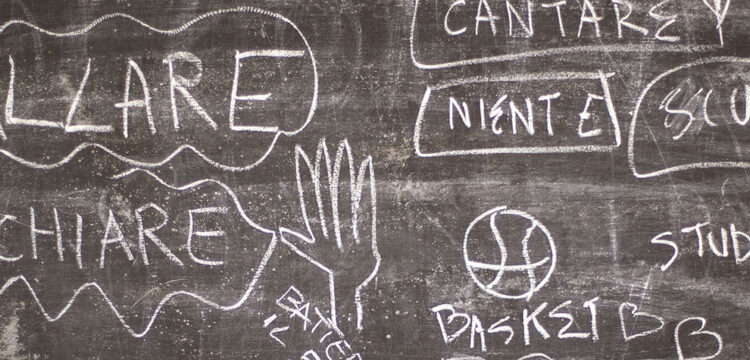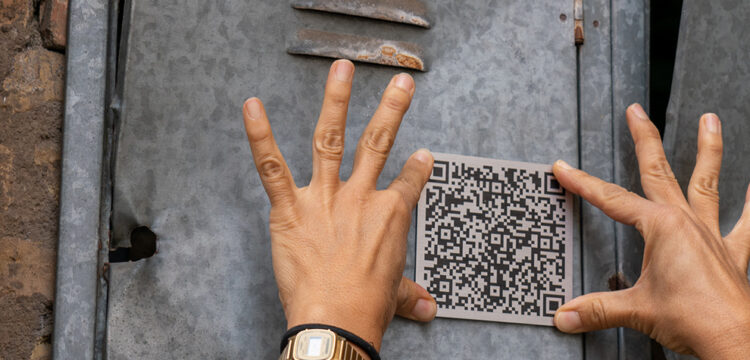Dolce Far Niente
What is nothing? A conversation with Autumn Knight
On July 19, artist Autumn Knight (USA) offers a site-specific performance inside Palazzo Altemps, one of the sites of the Museo Nazionale Romano. The work unfolds in two different areas of Palazzo Altemps: the Church of Sant’Aniceto, built in the 17th century by Giovanni Angelo Altemps and decorated with a pictorial cycle related to the stories of the saint—whose remains are preserved in the church; and the Theater, used since the 16th century and patronized by Carlo Goldoni, which was later converted to a cinema, then again to a theater and finally to a piano bar until the 1980s.
In these two contexts, both linked to a time of leisure, and ritual detached from daily laborious activities, Autumn Knight critically explores the Italian concept of “dolce far niente” (the sweetness of doing nothing) and the political meanings and creative potential of “doing nothing”, in a dialogue with the surrounding architecture.
Curated by Sara Alberani and Marta Federici, with Valerio Del Baglivo (LOCALES) Hidden Histories is designed as a platform for site-specific research and artistic production and aims to critically re-discuss the city’s historical-artistic legacy, adopting approaches and methods of decolonial thinking. In this third edition, the focus remains on the public space, a dimension that in Rome is closely connected to the notions of heritage, preservation, restoration, and monumentality, along with its collections, archives and objects that still today are read and valued within a white, patriarchal and heteronormative canon.
Hidden Histories 2022 Trovare le parole / Finding the words takes its cue from an expression by feminist theorist Sara Ahmed in her book Living a Feminist Life (Duke University Press Books, 2016), and focuses on the linguistic dimension as a fundamental space in which to act and declare what is not seen and recognized within society as violent, racist, and sexist. As stated by Ahmed, finding words means naming the problems we are confronted with, “allowing something to acquire a social and physical density by gathering up what otherwise remain scattered experiences.”
Giulia Crispiani: The work you’re going to present here in Rome, is based on the concept of dolce fare niente which—I’d say—is an essentially geographical attitude, surely lived and experience elsewhere but in my mind is linked to whatever “Southern”—where south is an abstraction that functions only in opposition to the idea of North as regulated, productive, efficient, capitalist, and hierarchical—thus oppressive. How have you approached it and what kind of issues did it raise?
Autumn Knight: I’ve approached this idea of “dolce far niente” with skepticism, caution and openness. One of the issues I’ve come across is attempting to define “nothing” From a capitalist perspective this may lead one down a path of paying for lots of escapist leisure activities or guilt-ridden self-flagellation. So, it was important to define what is doing nothing, what is nothing? Is getting to “nothing” a state, or a process, or a feeling, or a resignation?
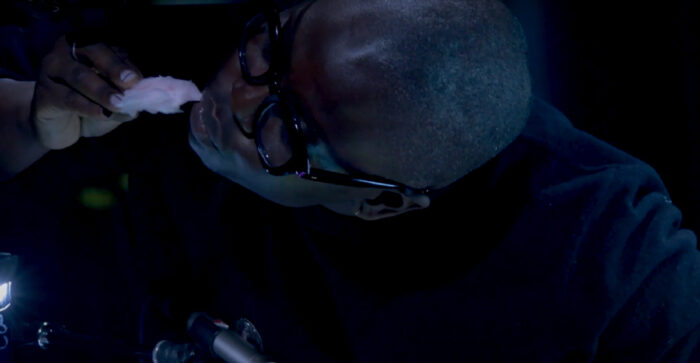
I’ve recently worked on a long interview on horizontality, literally meant as laying horizontal, reclining, collapsing, reversing and lounging. There are many implications and potentialities in the iconography of the “resting body”. I don’t know if your research went the same way, but I’d like to know more about what turns it did take. And indeed, the issue here would be for whom is that sweet to do nothing? Or?
The sweet nothing is there for those that are able to grasp it, if even for a second. One of the aspects of my research in the second half of my time here has been about accessing the “sweetness.” I had a friend, Li, point this out to me. We had a conversation about accessing and chasing sweetness, the settledness of nothing, after getting in touch with what this was. I’ve found that it’s a long path, a process to release some of the debilitating ideas associated with doing nothing. Once you’ve wrangled yourself free of that for a second, what does it take to allow the sweetness to emerge? Possibly laying down one more minute until it hurts and then surrendering until it becomes sweet.
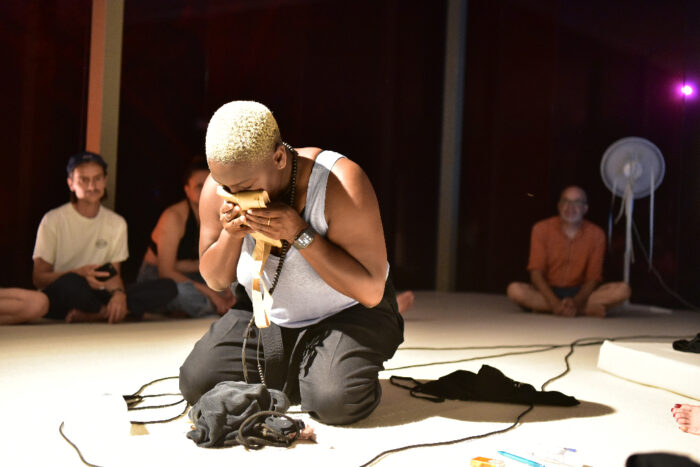
From the expression dolce fare niente you got to the Church of nothing, theatre of nothing—the title of your work. Both options almost sound like an oxymoron, since both containers (church and theater) are usually so full of everything, how does their object of worship become nothing? More generally speaking, how did the work take shape?
This is the second version of the work.The first version was more durational and about creating an image of nothingness with additional performers-specifically Black performers. There was an exhibition schedule conflict. At the subsequent site visit, I discovered these two other spaces—the chapel and the theater. After this the work shifted. I began to think about how I could articulate my concept and research within these architectural moments of pause/respite—within this institution of charged histories that maybe I’m not in direct conversation with.
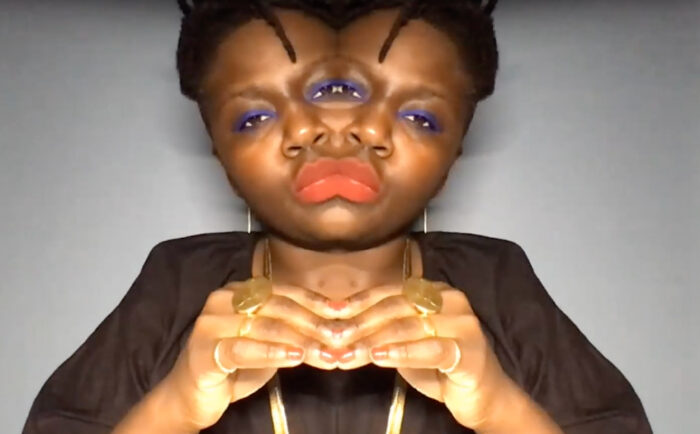
So this takes us to your relationship with the location—in this case Palazzo Altemps, a very iconographically/historically-charged building. How do you work with site-specifity and what happened in this specific case?
This particular work is very influenced by the site specificity offered by the space. These are the two spaces that surprisingly expect the least of your mind when entering the museum. These are also the only spaces without statues. They are very loaded symbolically and historically, but they require you to activate them. They are nothing without the live experience. I’m familiar with these two spaces, the chapel/church and the theatre—as a person who grew up going to church in the Southern US and being involved with theatre for much of my life-it is the foundation for my art practice. I know they both are centers of sacred, ephemeral performances. They leave traces, but inside the viewer, patron, congregation, audience. The space is reset at the end of an event. Nothing remains. In this sense, they are exactly the right spaces to explore nothingness and perhaps produce a momentary sweetness while there. You’ll forget it. Or you won’t. It all will have been nothing—there’s nothing to return to.
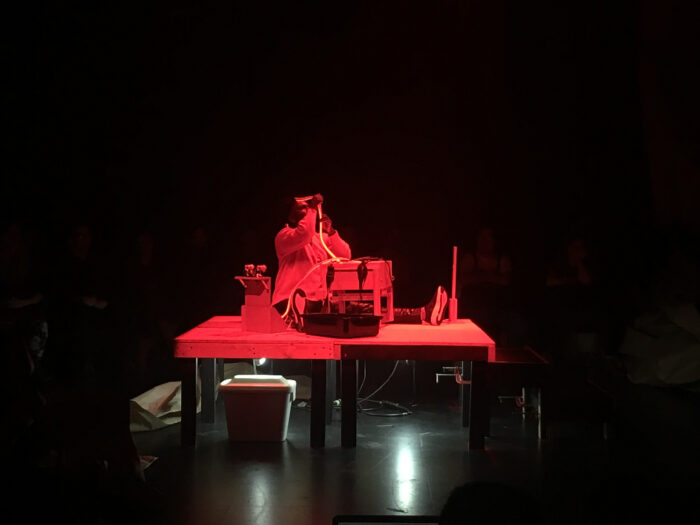
Considering the complex layering of media and materials, how much of your work is based on improvisation (in certain cases I had to think about rhythm even) and how much of it is scripted?
Most of my work uses improvisation as form and content. The work is scored such that it starts as notes and research, but I develop an understanding of the work through embodied improvisation and dialogue.
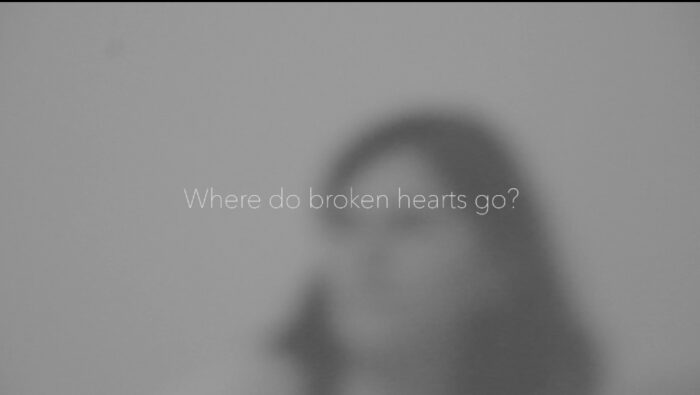
In relation to language, where do you usually find your words? How do you hold and share them?
I pull language from the text I absorb, the media I consume and all the words that I’ve trapped inside that have been waiting to come out. Sometimes I want to test a thought, a theory, a hypothesis to see how it sounds out loud. In a performance I might rely on repetition, absurdity or engage in a dialogue with an audience member to hear some of my own language articulated.


